The exact location of Tamagasuku is difficult to pin down, at least at first glance. A generic name for the original core village, a number of geographical features, historical ruins and a couple of decent beaches have been added to the mix. A good place to start might be the modest town hall, as this represents the administrative center of this southern Okinawan community.
In this coastal area, consisting of a series of raised plateaus, mainland villages are strung along the coast rather than following the small island precaution of placing settlements smack bang in the middle of islets. The hillsides of Tamagasuku form green terraces above the shore, and the lanes of the village and its houses, some traditional, are pleasant places to amble, with gardens full of sub-tropical plants and fruits.
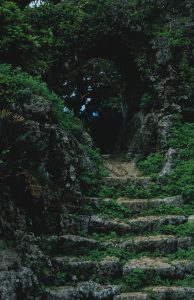 A more socio-historical approach to exploring the area would take you first to the Nakandakari Hiijah, a natural spring around which stone tanks, pools, steps and faucets were added for cleaning, cooking and washing. Surrounded by tropical banyan and fukugi trees, the spring is similar to something you might come across in a Balinese village. This would once have been the social center of the community, at least for women, a place where vegetables and bodies alike were washed, information and gossip disseminated. This green and plentiful region of southern mainland Okinawa is pierced with countless natural springs. Some like Ukinju and Hainju springs, located amidst some of the oldest rice paddies on the island, have acquired sacred status.
A more socio-historical approach to exploring the area would take you first to the Nakandakari Hiijah, a natural spring around which stone tanks, pools, steps and faucets were added for cleaning, cooking and washing. Surrounded by tropical banyan and fukugi trees, the spring is similar to something you might come across in a Balinese village. This would once have been the social center of the community, at least for women, a place where vegetables and bodies alike were washed, information and gossip disseminated. This green and plentiful region of southern mainland Okinawa is pierced with countless natural springs. Some like Ukinju and Hainju springs, located amidst some of the oldest rice paddies on the island, have acquired sacred status.
The skeleton of an older community is visible also in the region’s martial and sacred prayer sites. The diminutive scale of the founding village belies its historical importance. Okinawan lore has it that Tamagusuku is where the female deity Amamikyu, first came ashore. Early artifacts found in the district date back 3,000 years, and its oldest castle, the ruin of Minton Gusuku, has a thousand year old history. Warlords in the Tamagusuku region are believed to have traded with China and other Asian nations as early as the 12th century.
The area has a spiritual legacy that has long imbued it with a special mystique. Because of its association with the gods, kings and high priestesses gravitated here to perform rituals. The area is dotted with several utaki (prayer sites). Hamaga Utaki is particularly well appointed, it’s setting above the beach in a dense jungle, but with views of the blue Pacific. If you were to elect one sacred spot to visit, this should be Sefa Utaki, now inscribed as a UNESCO World Heritage site. It’s name, meaning a place holding divine power, is accessed by walking up an ancient stone path
The site provided religious authority and endorsement to the Ryukyu kings, through a series of complex rituals performed by Kikoe okimi, the highest ranking of priestesses. Even today, many Okinawans make the pilgrimage to Sefa Utaki, though they now have to share the site with a steady trickle of visitors. Huge natural rocks, stalactites and carved altars stand under a canopy of sub-tropical trees. A divination site, holy water from the springs here was used to foretell the future of the Ryukyu dynasty.
Visitors frequently come across the Okinawan word ‘gusuku,’ meaning ‘castle’. There is a common misunderstanding in Japan that Okinawan is a dialect of Japanese. It is in fact, a language, and the United Nations have designated six distinct Okinawan languages, at least one of which is spoken in this southern region. While there are similarities with Japanese, the difference may be similar to that between Spanish and Portuguese, each speaker sensing parallels, but aware they are in a different linguistic zone.
Minton Gusuku is important because of its lineage, but there is the better-preserved ruin of Tamagusuku Castle, at the top of the nearby hill. The ruins are entered through a well preserved, natural limestone archway, a feature unique to Tamagusuku castle design. Archways at other Okinawan castles are usually constructed from cut blocks. There is a magnificent view from the summit of the hill of the sea and inland landscapes. For Admirers of castle ruins there is also Kakinohana Gusuku a little along this same route, which has been dubbed Gusuku Road (Castle Road). A short distance from here is the site of Kakinohana Natural Spring. Like many of these southern Okinawan springs, the setting is almost pastoral, with green farmland and a blue ribbon of ocean providing the backdrop.
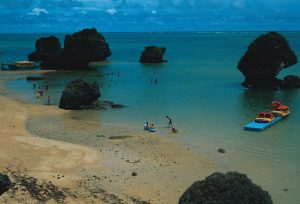 Eschewing history for a while, Mibaru and Hyakuna beaches are pleasant places for picnics, snorkeling and glass-bottom boat rides. Other activities include kayaking at high tide and wind surfing. One of the nicest things about Okinawa is that there is usually a breeze. Though the temperatures and humidity levels are high, the air is generally a lot fresher than in the trapped, heat island cities of Japan. Hyakuna beach is considerably less crowded than Mibaru, which has more facilities. Both are stiff with people on the weekend, though, so it’s best to choose a weekday, or the off-season, when the sands are almost empty.
Eschewing history for a while, Mibaru and Hyakuna beaches are pleasant places for picnics, snorkeling and glass-bottom boat rides. Other activities include kayaking at high tide and wind surfing. One of the nicest things about Okinawa is that there is usually a breeze. Though the temperatures and humidity levels are high, the air is generally a lot fresher than in the trapped, heat island cities of Japan. Hyakuna beach is considerably less crowded than Mibaru, which has more facilities. Both are stiff with people on the weekend, though, so it’s best to choose a weekday, or the off-season, when the sands are almost empty.
A short bridge connects the coast here to Ohjima, a tiny island inhabited by fishermen. Fish is the main interest here, in fact, with tasty offerings in its small restaurants and daily wet market. Another island specialty is mozuku, a tasty seaweed marinated in vinegar that is harvested a little offshore. There is a little mozuku shop called Kunnatoh that residents of the island will point out for you. It serves soba, so makes a decent, simple lunch spot. If you have transportation and are exploring the area, it’s definitely worth making the effort to drop in at Ohkaisanbutsu Shokudo, though, a local seafood restaurant on the island, one that is known for its extremely fresh fare. The set meals, including the popular sakana karaage (deep fried fish), the house specialty. Glass-bottom boats leave from the small port here. The island only takes about 20-minutes to walk a complete circuit.
Tamagasuku is too gangling, perhaps, to be called pretty or to merit the name of an Okinawan epitome village, its parts being greater than its whole. But in those parts there is much to see and ponder.
TRAVEL INFO
Its best to hire a scooter if coming from Naha. Follow the signs for Itoman, continue along Route 3311 along the southern tip of the island. When you see signs for Ohjima, you can turn left for the village. Buses 50,51 and 53 leave from Naha, but walking the sites can be a tough call. Beach Side Pension Mibaru (Tel: 098-948-1968) is a comfortable pension above Mibaru Beach. Hamabe no Chaya, one of the coolest café-bars to hang out, is patronized by young people from all over the island. The most useful guide to the islands is Kenny Ehman’s indispensable Okinawa Explorer, TK2 Productions.
Festivals & Events: Spirit rituals are performed at the sacred sites of Ukinju and Hainju on the seventh day of the Chinese Lunar New Year in January or February. The Tamagasuku Hahrii are traditional dragon boat races held in June. The Nakandakari Tsunahiki, a traditional tug-of-war using a massive rope, in either July or August. There is a Shi Shi Mai Lion Dance in September.
By Stephen Mansfield
From J SELECT Magazine, Frbtuary 2011

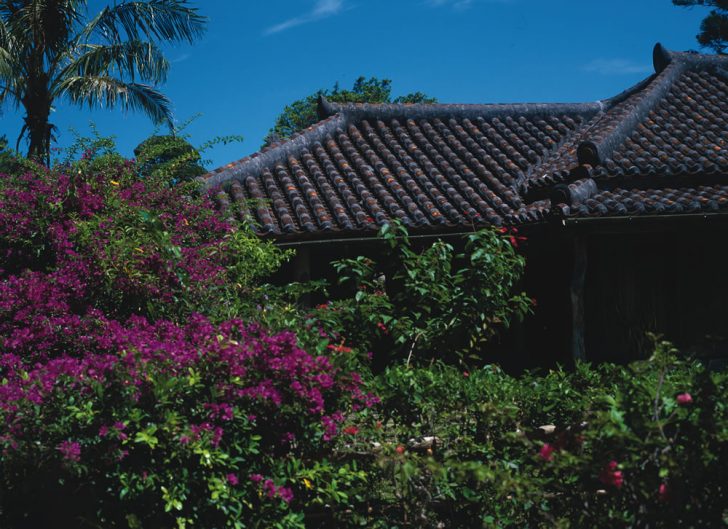


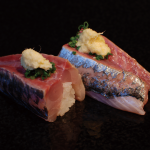
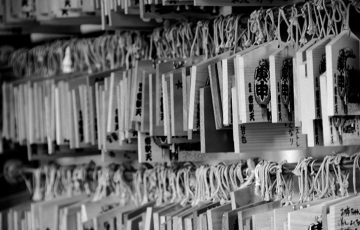
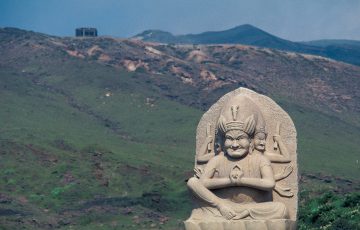


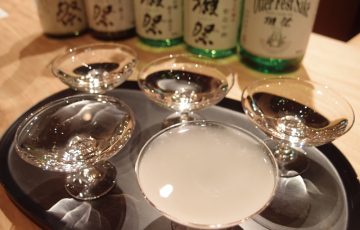
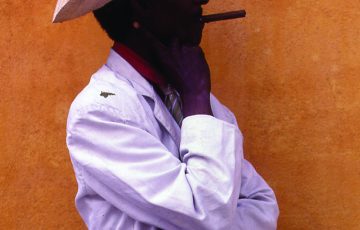
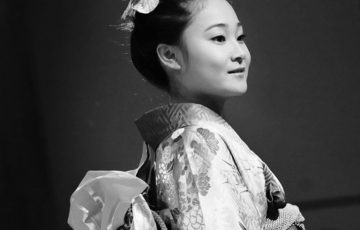
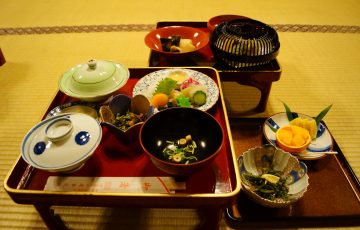


Recent Comments